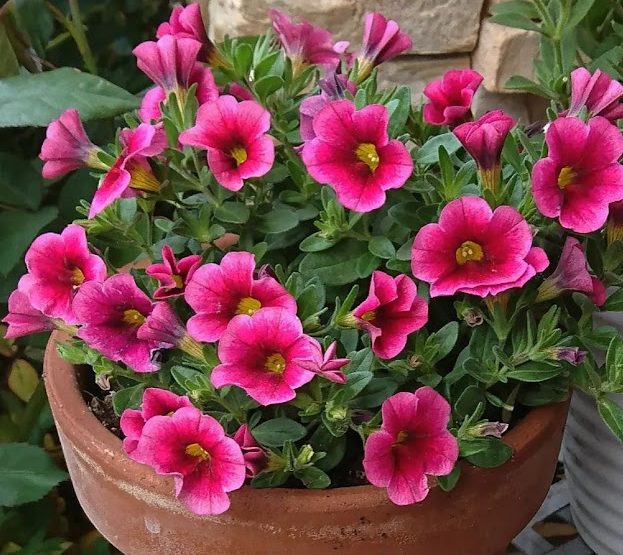The calibrachoa, also referred to as “Million Bells,” does resemble a tiny petunia with vibrant colors. This plant can bloom all summer long and is difficult to kill. It is also very noticeable. This plant, which is a member of the nightshade family and related to tobacco, tomato, and eggplant, was first discovered in South America. Weather and environmental changes don’t affect calibrachoa. The crown is small and the growth is compact. Find out below how to plant it:
How to grow Calibrachoa
Propagation

The propagation of calibrachoa is a simple method of growth. This method is simpler than using seeds or cuttings. You can bring along sets of 4 to 8 that aren’t blooming for propagation. After forming the bottom of the leaves on a well drained potting mix, plant them in pots.To keep the soil moist, you should store the cuttings away from direct sunlight at a temperature of about 70 F. Select soil or replant in a big pot.
Location
Compared to calibrations grown in shade, those grown in direct sunlight will bloom less. other species can thrive in the shade.
Planting requirements for calibrachoa
– Soil
Use well-drained planting soil that has high humus content. The best soil to use when planting in well-drained pots is loose soil.
– Water irrigation
When the soil around calibrachoa plants is almost dry to the touch, water them. It is best to water gradually rather than excessively, which can cause the roots to bow. To prevent ticks and fungus disease, keep the leaves dry.
– Insemination
Use fertilizer made specifically for flowering plants to apply fertilizer regularly every week. When planting, you should also incorporate a balanced liquid fertilizer for slow release into the soil.
Calibrachoa care advice

– Use pruning shears on simple plants to promote full, bushy growth- When the soil is dry, water gently every to 2 inches- Fertilizer frequently once every two to three weeks with a liquid fertilizer designed specifically for flowering plants- Despite being resistant to pests, calibrachoa. When aphids or whiteflies are presents, use an insecticidal soap spray to get rid of them- Calibrachoa does not require mowing, but it should be pruned if it appears spindy in the summer.
Source: https://www.homifine.com









